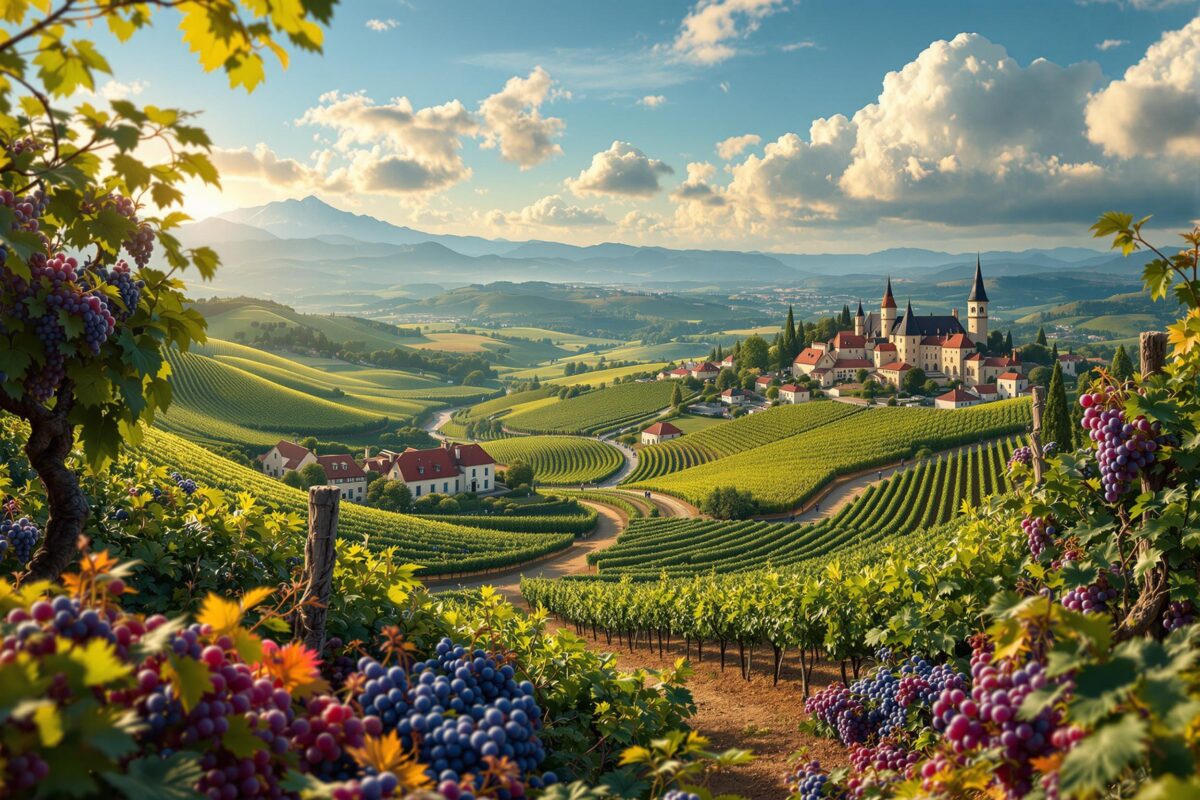The French wine world in 2024 is a fascinating mix of old and new. Think tradition meets transformation. This impacts everyone – from the winemakers in the vineyards to those of us enjoying a glass at home. What’s changing? Sustainability, exports, and, yes, the climate. This article explores these key French wine trends in 2024, offering valuable insights for anyone interested in the future of wine.
Trend Analysis: Sustainability, Exports, and Climate
Three major forces are shaping the French wine industry: sustainability, export dynamics, and climate change. These aren’t separate issues; they’re all intertwined, creating a complex puzzle for the global wine industry. Let’s unpack each one.
Sustainability Takes Center Stage
Sustainability isn’t a ‘nice-to-have’ anymore; it’s essential. Consumers want eco-friendly wines, pushing wineries to adopt sustainable practices. Organic and biodynamic farming are gaining traction. Vineyards are minimizing chemicals and encouraging biodiversity. Initiatives like those at Vinexpo highlight eco-packaging and water conservation. This isn’t just marketing; it’s a real change in how wine is made.
Export Dynamics: A Mixed Bag
French wine exports in 2024 tell a complicated story. Volumes edged up slightly (0.7%), but the overall value dipped by 4% to €15.6 billion. Why the difference? Pricing, changing tastes, and global economics play a role. Champagne exports, a key revenue source, saw volumes fall by 9.7% and value by 8%. But there’s good news: US imports of French wine grew by 10%. This highlights the need for diverse export markets. What does this mean for collectors? Understanding these trends is crucial.
Climate Change: A Looming Challenge
Climate change is undeniably altering French vineyards. Higher temperatures, unpredictable rainfall, and extreme weather are impacting how grapes grow. In 2024, climate change led to earlier ripening, which can affect wine quality. Harvests in Europe saw declines up to 16%. The long-term effects require significant adaptation, such as exploring drought-resistant grapes and efficient irrigation. This isn’t just about the environment; it’s about the survival of French wine.
Regional Variations: A Closer Look
French wine regions, each with distinct characteristics, are responding to these trends in unique ways. Bordeaux, Burgundy, Champagne, and the Loire Valley all offer compelling examples.
Bordeaux, famous for its reds, grapples with adapting to climate change while respecting tradition. They’re experimenting with blends and vineyard management to handle rising temperatures. Burgundy, known for Pinot Noir and Chardonnay, is embracing organic and biodynamic methods to enhance terroir. Champagne is navigating export challenges with premiumization and sustainable innovations. The Loire Valley is experimenting with natural wines and alternative winemaking.
Innovative Solutions: Packaging and Beyond
French winemakers are finding creative solutions in packaging, product development, and sustainability. What’s new? Lightweight bottles, alternative packaging, and even digital labels reduce environmental impact. Low-alcohol and no-alcohol wines are gaining popularity. Precision viticulture uses technology to optimize vineyard management, saving resources and improving efficiency.
Visualizing the Trends
Imagine interactive charts showing the divergence of French wine export value and volume. Another chart could display rising temperatures and earlier harvest dates, visually demonstrating the climate change impact. While we can’t include visuals here, these types of interactive tools offer invaluable insights.
Practical Tips: Thriving in 2024
What can wine producers and businesses like TourDeWine do? Diversify export markets, embrace digital marketing, focus on premium wines, and build strong distributor relationships. For sustainability, adopt organic practices, conserve water, reduce carbon footprints, and explore precision viticulture.
French wine in 2024 is at a crossroads. By understanding these trends, embracing innovation, and prioritizing sustainability, the French wine industry can navigate this changing world and continue its legacy of excellence.
